There’s nothing quite like the mouthwatering aroma of food sizzling on the grill during the summer months. To elevate your grilling game, you’ll want to master techniques that not only ensure perfectly cooked meals but also create memorable culinary experiences. Whether you’re a seasoned pitmaster or a beginner, this guide will provide you with imperative tips to refine your grilling skills, helping you impress friends and family at your next barbecue. So, fire up the grill and get ready to take your summer cookouts to the next level!
Key Takeaways:
- Preparation: Make sure to prepare your grill by cleaning it thoroughly and preheating it for optimal cooking. This ensures better flavor and reduces sticking.
- Temperature Control: Master the art of controlling heat zones on your grill to prevent burning and achieve even cooking for different types of food.
- Marinating: Enhance the flavor of your grilled dishes by marinating your meats and vegetables ahead of time. This adds depth and ensures juiciness while grilling.
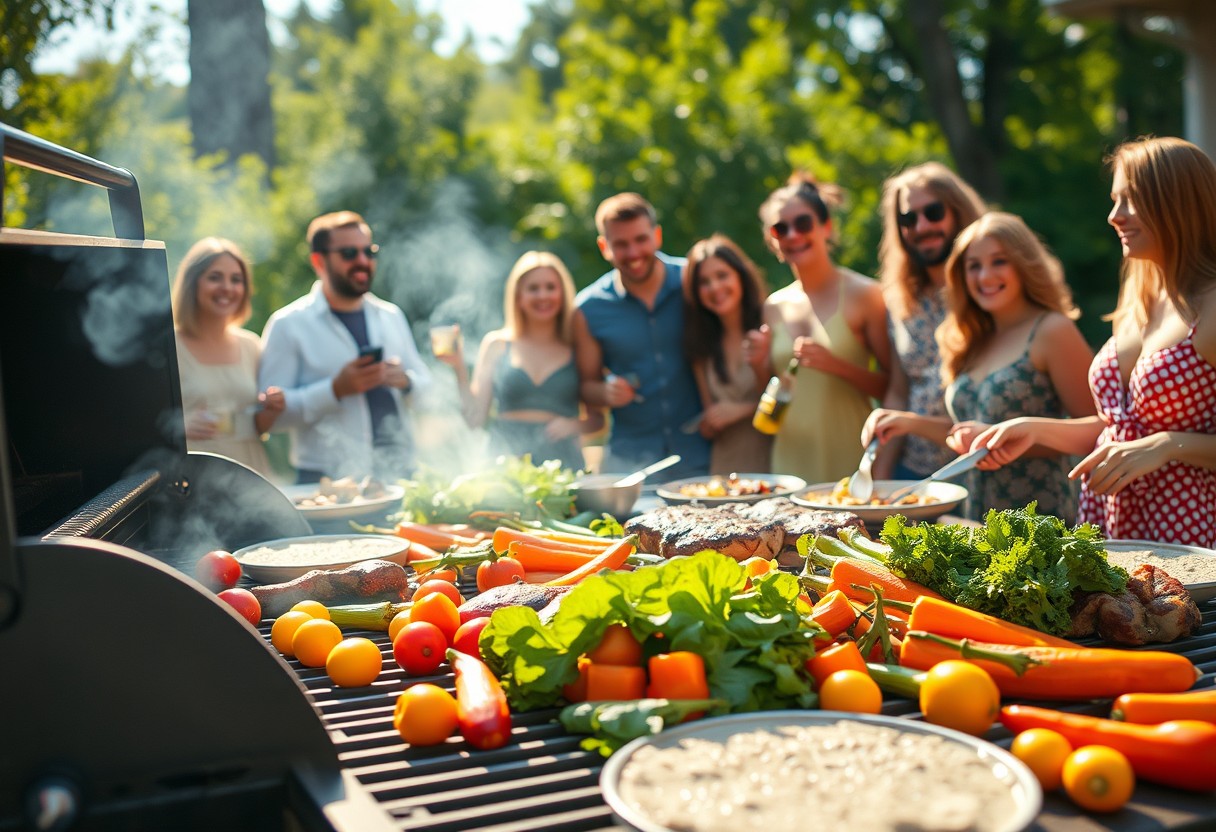
Understanding Your Grill
Before venturing into the art of grilling, it’s vital to understand the various types of grills available to you. Choosing the right grill can dramatically influence your cooking experience and outcomes. Familiarizing yourself with these options will provide a solid foundation for mastering your grilling skills.
Types of Grills: Pros and Cons
With a variety of grill types on the market, each offers distinct advantages and disadvantages that cater to different grilling needs and preferences. Whether you’re a weekend warrior or a culinary enthusiast, knowing these pros and cons will help you make an informed decision about which grill suits your lifestyle best.
| Type of Grill | Pros and Cons |
|---|---|
| Charcoal Grill | Pros: Great flavor, higher temperatures; Cons: Longer heating time, less convenient to clean |
| Gas Grill | Pros: Quick heating, easy temperature control; Cons: Less smoky flavor, more expensive |
| Electric Grill | Pros: Indoor use, easy to clean; Cons: Limited flavor, less portability |
| Pellet Grill | Pros: Versatile for smoking and grilling, consistent temperature; Cons: Requires electricity, usually more expensive |
| Infrared Grill | Pros: Quick heating, even cooking; Cons: Limited cooking space, can be costly |
Essential Grill Accessories
On your journey to grilling mastery, you must consider the various vital grill accessories that will enhance your experience and improve your results. The right tools can make the difference between a good barbecue and an unforgettable feast. Some key accessories include high-quality grilling tools, a meat thermometer, grill baskets, and protective gear like heat-resistant gloves.
Understanding the necessity of each accessory can streamline your grilling process and help you achieve the best flavors and textures in your meals. Investing in sturdy, reliable tools will not only elevate your grilling game but also ensure your safety and ease while handling hot items. Do not forget, having the right gear means less frustration and more enjoyment as you engage in this delightful culinary practice.

Preparing for the Grill
While the thrill of summer grilling can be exhilarating, preparation is key to achieving that perfect sizzle and flavor. Taking the time to ensure you have all your ingredients and tools ready not only saves you time but also elevates your grilling game. From selecting the right foods to understanding the necessary techniques, there are several steps you need to take before firing up the grill.
Choosing the Right Ingredients
One of the most vital aspects of successful grilling lies in the selection of quality ingredients. Fresh vegetables, quality cuts of meat, and robust seafood can significantly impact the flavor and overall dining experience. You should consider seasonal produce, as they not only taste better but also impart a freshness that complements grilled items. Additionally, diverse flavors and textures will keep your summer barbecues exciting.
Marinating and Seasoning Techniques
Ingredients play a crucial role in the preparation of your grilled items. Choosing prime cuts of meat or fresh seafood sets the foundation, but enhancing these ingredients through marinating and seasoning transforms them into something extraordinary. A well-balanced marinade can penetrate proteins, adding depth and complexity, while the right seasonings sprinkled just before cooking can create a flavor explosion. You can experiment with different herbs, spices, and acids to discover your signature blend.
It’s also important to let your ingredients marinate for the right amount of time—too short, and flavors won’t develop; too long, and you might compromise the texture of the meat. Depending on your choice of protein, typical marinating times can range from 30 minutes to several hours. Always aim to balance flavors; for example, if you’re using a salty marinade, you may want to keep additional salt to a minimum elsewhere in your meal.
The Importance of Temperature Control
With grilling, temperature control is paramount to achieving perfectly cooked food. Understanding the different heat zones of your grill allows you to create the ideal environment for searing, cooking, and resting your food. You should utilize direct heat for items requiring a quick cook, like steaks, while indirect heat is perfect for larger cuts of meat or accessories like vegetables that benefit from slow roasting. This knowledge helps you avoid overcooked or undercooked meals, ensuring your efforts translate into delightful dishes.
Temperature Control Chart
| Cooking Method | Ideal Temperature Range |
|---|---|
| Direct Grilling | 450°F – 650°F |
| Indirect Grilling | 250°F – 350°F |
| Smoking | 225°F – 250°F |
To ensure success on the grill, pay close attention to your cooking temperature. A well-calibrated grill is your best friend. Using a reliable meat thermometer can help you monitor the internal temperature of your food without cutting into it, preserving juices and flavor. Recall, resting your food before serving allows residual heat to finish cooking and enhances flavor retention.
Temperature Guidelines
| Type of Meat | Recommended Internal Temperature |
|---|---|
| Chicken | 165°F |
| Pork | 145°F |
| Beef (medium rare) | 135°F |
By mastering the elements of ingredient selection, marinating, and temperature control, you set the stage for a summer of delicious grilling experiences. Each season will only get better as you refine your technique and create memorable meals for your friends and family.
Mastering Grilling Techniques
Once again, the right techniques can elevate your summer grilling experience, turning a simple meal into an unforgettable feast. Understanding various methods and mastering them will help you become the grill master of your backyard gatherings. Let’s research into key techniques that enhance the flavor and presentation of your grilled dishes.
Direct vs. Indirect Heat
For many grilling enthusiasts, the choice between direct and indirect heat can be a game changer. Direct heat involves placing your food directly over the flame, allowing for quick cooking and searing. This method is perfect for smaller cuts of meat, vegetables, and even fruit that benefit from a charred exterior. In contrast, indirect heat requires you to place food away from the flame, allowing it to cook more slowly and evenly. This approach is ideal for larger cuts of meat, such as ribs or whole chickens, ensuring a tender, juicy result without the risk of burning.
Understanding when to use each technique is important. For instance, you might start with direct heat to sear a steak, creating that beautiful crust before moving it to indirect heat to finish cooking it to your desired doneness. By mastering both methods, you’ll become more versatile and confident in your grilling abilities.
Perfecting the Grill Marks
An eye-catching presentation can be just as important as flavor, and perfecting those coveted grill marks is a skill you can develop with practice. To achieve beautiful sear lines, start by preheating your grill to the right temperature—typically between 450°F and 500°F. Next, place your food at a 45-degree angle to the grill grates, which will help create those desirable cross-hatch markings. After a few minutes, when the food has developed a nice crust, rotate it 90 degrees to enhance the aesthetics further.
Another vital factor is avoiding the urge to move your food too often. Allow it to sit undisturbed, which will lead to a more pronounced sear and distinct grill marks. Once you have achieved that perfect char, you can flip your food over and repeat the process on the other side. Consistency in technique will yield luscious and visually appealing results every time you grill.
Timing and Flipping: When to Turn Your Food
On the subject of timing and flipping, knowing when to turn your food on the grill can significantly influence its flavor and texture. One common mistake is flipping too soon; waiting for the right moment allows the Maillard reaction to occur, which enhances the browning and overall taste of your meal. A good rule of thumb is to let your food cook undisturbed until it releases easily from the grill grates. This typically takes about 3-5 minutes, depending on the thickness of the food.
Being patient is key. When you flip too often, you risk losing that delicious seared flavor. Instead, develop a rhythm with your cooking, giving each side ample time to cook before turning. This knowledge will not only enhance your grilling results but also boost your confidence as a grill master.
Food should be flipped strategically, based on the type and thickness of the item you’re grilling. For example, thicker cuts of meat may benefit from flipping less frequently to ensure even cooking throughout. If you’re grilling delicate items like fish, you’ll also want to be careful, as they can easily break apart if handled too much. Trust your instincts and use your tools wisely to achieve the best results.
Grilling Safety Practices
Unlike many other cooking methods, grilling presents unique safety challenges that you need to consider thoroughly. For a successful and enjoyable grilling experience, understanding and implementing proper safety practices is important. Not only can this prevent accidents and injuries, but it can also ensure that your food is safe to eat and free from harmful bacteria.
Fire Safety Tips
When grilling outdoors, fire safety is paramount. You should make sure to keep your grill at least 10 feet away from any structures, overhanging trees, or anything that might catch fire. Always have a fire extinguisher on hand and familiarize yourself with how to use it before you begin grilling. You can follow these fire safety tips:
- Inspect your grill for gas leaks before each use.
- Keep the grill clean and free from grease buildup.
- Never leave the grill unattended while it is lit.
- Use long-handled tools to avoid burns.
- Keep children and pets at a safe distance from the grill.
Perceiving these safety tips can greatly reduce the risk of fire-related accidents as you grill.
Safe Food Handling and Preparation
Handling food safely is another critical aspect of your grilling experience. Ensure to wash your hands properly before and after handling raw meat, poultry, seafood, and vegetables. Use separate cutting boards for raw proteins and other food items. Furthermore, marinate food in the refrigerator rather than leaving it out at room temperature to minimize the risk of bacterial growth.
A safe food handling and preparation routine can significantly lessen the likelihood of foodborne illnesses. Make sure to keep cooked foods at a proper temperature by using a food thermometer, always storing leftovers promptly, and reheating them thoroughly. Implementing these practices will help you enjoy your summer grilling without the fear of getting sick.
Avoiding Cross-Contamination
To maintain the highest standards of cleanliness while grilling, it’s crucial to avoid cross-contamination. This occurs when raw meat juices come into contact with other food items, utensils, or surfaces. Always use separate utensils and plates for raw and cooked foods, and wash your hands after handling raw items. This simple precaution can make a significant difference in food safety.
Grilling safely not only hinges on effective cooking techniques but also on how you manage your ingredients and workspace. Always be sure that you store raw meats separately from vegetables or cooked items, and when marinating, remember to discard any leftover marinade after it has been in contact with raw meat. Adopting these practices will make your grilling safer and more enjoyable.
Cooking Popular Grilled Foods
All summer long, the scent of grilled food wafts through the air, inviting friends and family to gather around your patio or backyard. Mastering the art of grilling not only enhances your cooking skills but also makes you the ultimate host. By focusing on a few popular grilled foods like meats, vegetables, fruits, and seafood, you can elevate your summer barbeque gatherings into culinary experiences that everyone will remember.
Grilling Meats: Steaks, Chicken, and Burgers
Burgers are often the star of any grilling occasion, and rightly so. To create a perfect burger, start with high-quality ground beef that has at least 15-20% fat content for juiciness. Form your patties gently without overworking the meat to keep them tender. Season simply with salt and pepper to enhance the natural flavors, and remember to make a slight indentation in the center of the patty to prevent it from puffing up while cooking. This will ensure a uniform cook and a delectable bite on every occasion.
In the matter of steaks, achieving the perfect sear is crucial. Preheat your grill to high heat, and let the steak rest at room temperature for about 30 minutes before cooking. Sear each side of the steak for an optimal crust, and then move it to a cooler part of the grill to finish cooking to your desired doneness. For chicken, always marinate or brine to enhance flavor and moisture, while ensuring it reaches a safe internal temperature of 165°F. Take care of the cooking times to be ready to enjoy these grilled delights!
Grilling Vegetables and Fruits
Grilling vegetables and fruits can offer a delightful contrast to more traditional meat dishes. Grilled corn on the cob, bell peppers, zucchini, and asparagus bring a vibrant burst of color and earthy flavors to your dining table. When grilling vegetables, you may want to consider cutting them into even-sized pieces to promote a uniform cooking time. A light coating of olive oil and seasoning can go a long way in enhancing their natural sweetness and imparting a smoky flavor.
Foods such as pineapples, peaches, and watermelons also transform beautifully when kissed by the flames. The caramelization process brings out their natural sugars and gives them a unique texture and depth of flavor. To grill fruits, slice them thickly and leave the skins on for added support on the grill. Whether as a side dish or a delicious dessert drizzled with honey or served with ice cream, grilled fruits can elevate your meal.
Seafood on the Grill: Tips and Tricks
Grilling seafood can be a bit tricky, but with the right techniques, you’ll create delicious dishes that highlight the light and flaky nature of fish and shellfish. Start by preheating your grill and using a grill basket or aluminum foil to prevent delicate pieces from falling through the grates. Marinate your seafood for a brief period—about 30 minutes—to infuse moisture and flavor without overwhelming the natural taste. Pay close attention to cooking times; fish typically takes just a few minutes per side, depending on thickness.
- Choose the right seafood: firm fish like salmon or swordfish work best on the grill.
- Use a light coat of oil to prevent sticking, and season simply with herbs and spices.
- Monitor your cooking time closely to avoid overcooking, as seafood can dry out quickly.
Grilling seafood is an art that makes for flavorful meal options, enriched by fresh ingredients. Experiment with various marinades and accompaniments to discover what works best for your palate and occasions. Perceiving a slight char outside while maintaining juiciness inside is the hallmark of excellent seafood grilling.
- Pair your grilled seafood with citrus for added zest, such as lemon or lime.
- Serve with sides like rice or a fresh salad for a complete meal.
- Consider wood planks, like cedar, for added smoky flavors when grilling fish.
Cooking seafood can elevate your grilling game while impressing your guests with something different. Whether you’re preparing shrimp skewers or grilling a whole fish, following these tips will leave everyone raving about your culinary prowess.
Adding Flavor to Your Grilling
To truly elevate your grilling game, it’s imperative to explore various techniques for adding flavor to your dishes. From smoking meat to applying the perfect marinade, these methods can differentiate between an ordinary meal and a memorable feast. Whether you’re looking to infuse smoke, add depth with sauces, or experiment with unique spices, the possibilities are limited only by your creativity and willingness to experiment.
Using Wood Chips and Smoking Techniques
The art of smoking adds a rich dimension to your grilled meats and vegetables. By soaking wood chips—such as hickory, mesquite, or applewood—in water for at least 30 minutes, you create a smoldering effect that releases a subtle aroma during cooking. Place your soaked wood chips in a smoker box or directly on hot coals to get that smoky flavor permeating your food. You’ll find that different types of wood impart various flavors; softer woods like apple enhance sweetness, while hardwoods like mesquite provide a bold taste. Experiment to discover which combinations work best for your palate.
The key to successful smoking is maintaining a consistent temperature in your grill. Aim for low and slow cooking, allowing the smoke to envelop your food gradually. Monitor the temperature with a reliable grill thermometer, and adjust your airflow to control the heat levels. Embracing these techniques can transform your grilling experience, leaving your family and friends raving about the flavors that resonate with every bite.
Sauces and Marinades: When to Apply
On your grilling journey, understanding when to apply sauces and marinades can significantly affect the outcome of your meals. Generally, you will want to marinate your proteins in advance, allowing the flavors to penetrate the meat. However, when it comes to barbecue sauces or glazes, it’s crucial to apply them during the final stage of cooking. This approach prevents sugars in the sauces from burning, allows your meat to caramelize beautifully, and ensures you maintain that desirable balance of flavor.
Understanding the science behind marinades can also enhance your grilling skills. Marinades typically consist of acid (like vinegar or citrus juice), oil, and various spices or components that infuse taste. The acid helps to tenderize meat while also allowing flavors to absorb deeply. For most proteins, aim for marinating anywhere between 30 minutes to 24 hours, depending on the thickness and type, thus achieving a more delectable result.
Creative Seasoning Blends
Techniques like seasoning blends enable you to customize flavors and achieve diverse profiles tailored specifically to your liking. You might consider experimenting with blends such as Cajun, Italian, or even Middle Eastern spices. Start with a base of salt and pepper, then incorporate garlic powder, onion powder, or smoked paprika for a well-rounded flavor. Don’t hesitate to create your unique blend by mixing and matching spices to accompany the proteins and vegetables you’re grilling.
Plus, don’t overlook the benefits of seasoning your food well in advance. Giving your meat or vegetables time to absorb those flavors can significantly enhance the overall dish. A good rule of thumb is to season at least an hour before grilling or even overnight for maximum effect. This approach not only lends complex flavors but ensures that every bite bursts with seasoning, making your summer grilling sessions unforgettable.
Serving and Enjoying Your Grilled Masterpieces
Many grill enthusiasts know that the enjoyment of your grilled creations extends beyond the cooking process itself. How you present and serve your grilled masterpieces can elevate your dining experience, making it not just a meal but an event. Paying attention to the aesthetics of your plate, like arranging your food in a visually appealing manner or adding some fresh herbs for a pop of color, can leave a lasting impression on your guests. Don’t underestimate the power of garnishing; a simple sprig of parsley or a slice of lemon can add that final touch to your carefully grilled dishes.
Presentation Techniques
On the table, consider using colorful serving platters or wooden boards that complement your grilled items. For example, a rustic wooden board can enhance the charm of your grilled vegetables and meats, while vibrant plates can make your sides stand out. Layering different textures and colors not only makes the meal inviting but also showcases the variety and richness of your grill offerings. Take advantage of small bowls for sauces or dips to create an organized and sophisticated dining experience.
Pairing Your Grill Food with Sides and Drinks
On the flavor front, pairing your grilled food with the right sides and drinks can significantly enhance your meal. Fresh salads, grilled corn, or classic coleslaw work wonderfully with grilled meats, providing a balance of flavors and textures. When considering drinks, opting for light beers, refreshing cocktails, or sparkling water can add a refreshing touch that complements the smoky goodness of your grilled dishes beautifully.
With the right pairings, you can elevate the overall dining experience. For instance, a zesty cilantro lime slaw alongside grilled fish not only balances out the richness but also contributes a refreshing crunch. Similarly, a chilled rosé or a bubbly sparkling wine can accentuate the flavors of grilled chicken while keeping your guests cool during a hot summer evening.
Hosting a Summer Grill Party
For a memorable summer gathering, hosting a grill party invites your friends and family into your backyard space while enjoying delicious fare. Planning your menu ahead of time ensures you have a variety of options for different palates, from succulent steaks and juicy burgers to marinated veggie skewers. Setting up a buffet-style serving station allows guests to customize their plates and mingle with ease, creating a relaxed atmosphere that encourages social interaction.
Grilled foods provide a wonderful base for a festive gathering, as the aroma wafting through the air creates an inviting atmosphere. Don’t shy away from incorporating theme elements, like a tropical drink station or a picnic-style setup with cozy blankets, to enhance your summer barbecue experience. Bear in mind, the goal is not only to fill your guests’ stomachs but to also create lasting memories through delicious food and great conversations.
Summing up
Upon reflecting on the crucial tips for perfecting your summer grilling skills, it becomes clear that mastering this culinary art requires a blend of preparation, technique, and attention to detail. You need to start by selecting the right equipment, understanding the types of fuel and heat control, and ensuring your ingredients—from marinades to fresh produce—are of the highest quality. Do not forget, a well-prepped grill is half the battle won, so cleaning and preheating are crucial steps you should never skip. Additionally, knowing the right cooking times and using appropriate tools will elevate your grilling game.
As you commence on your grilling journey, keep in mind that practice makes perfect, and don’t hesitate to experiment with different flavors and techniques. Challenge yourself to grill various proteins and vegetables while paying attention to combinations that work well together. Engaging with your audience—whether family or friends—during a cookout can also enhance the experience, making it more enjoyable and rewarding. By following these tips, you will not only perfect your summer grilling skills but also create memorable meals that everyone will appreciate.

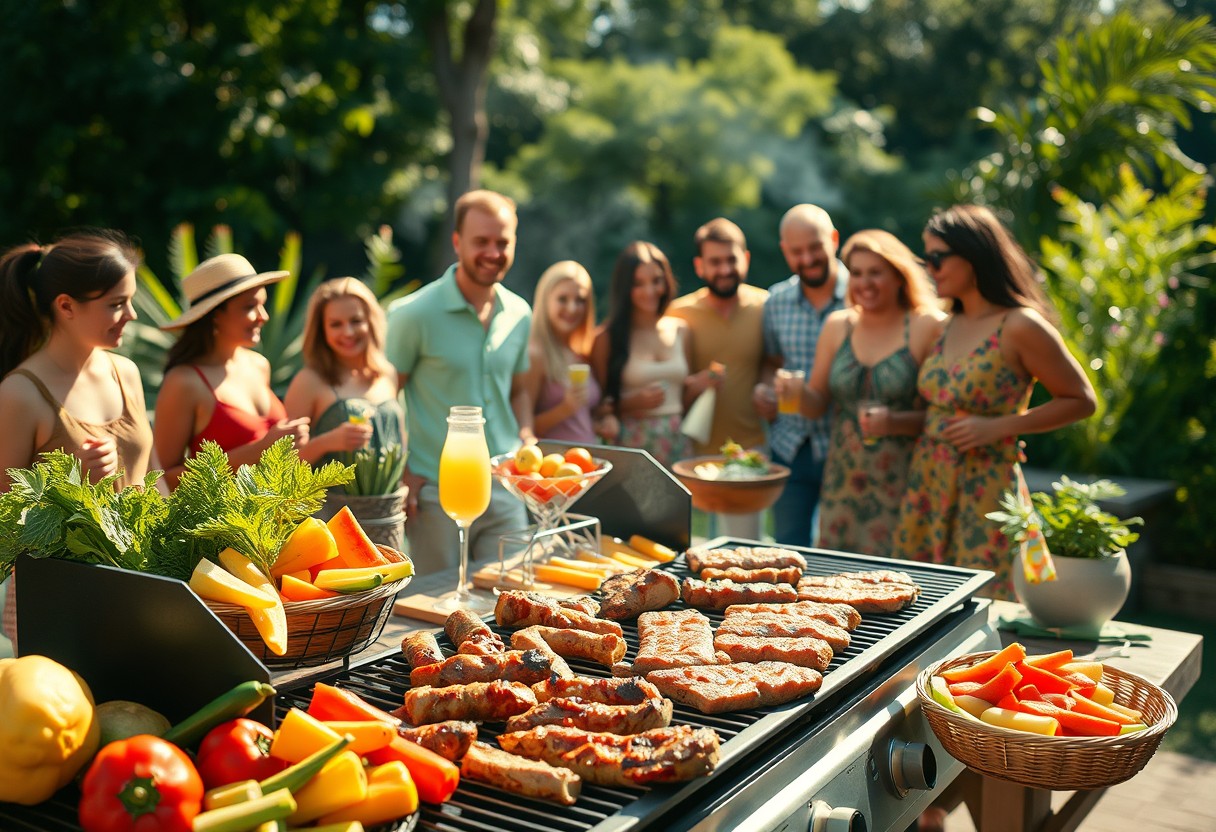
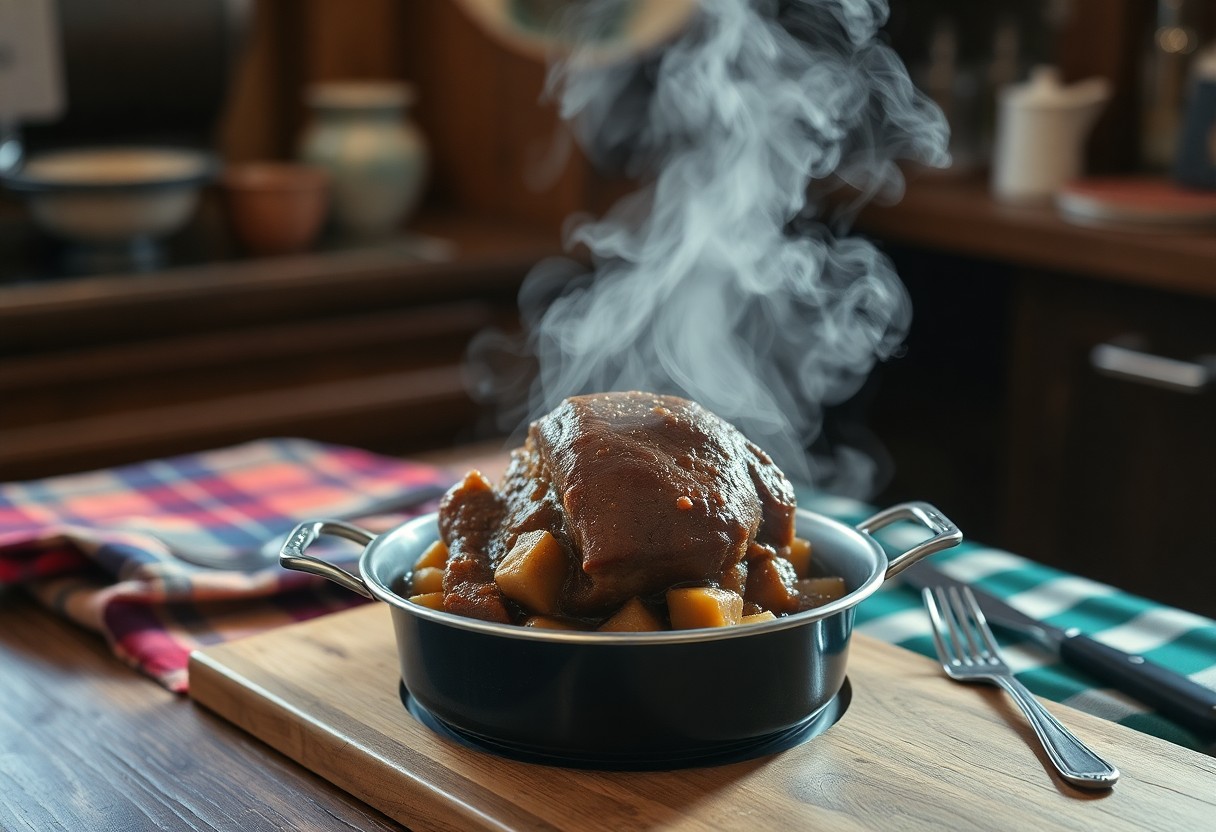
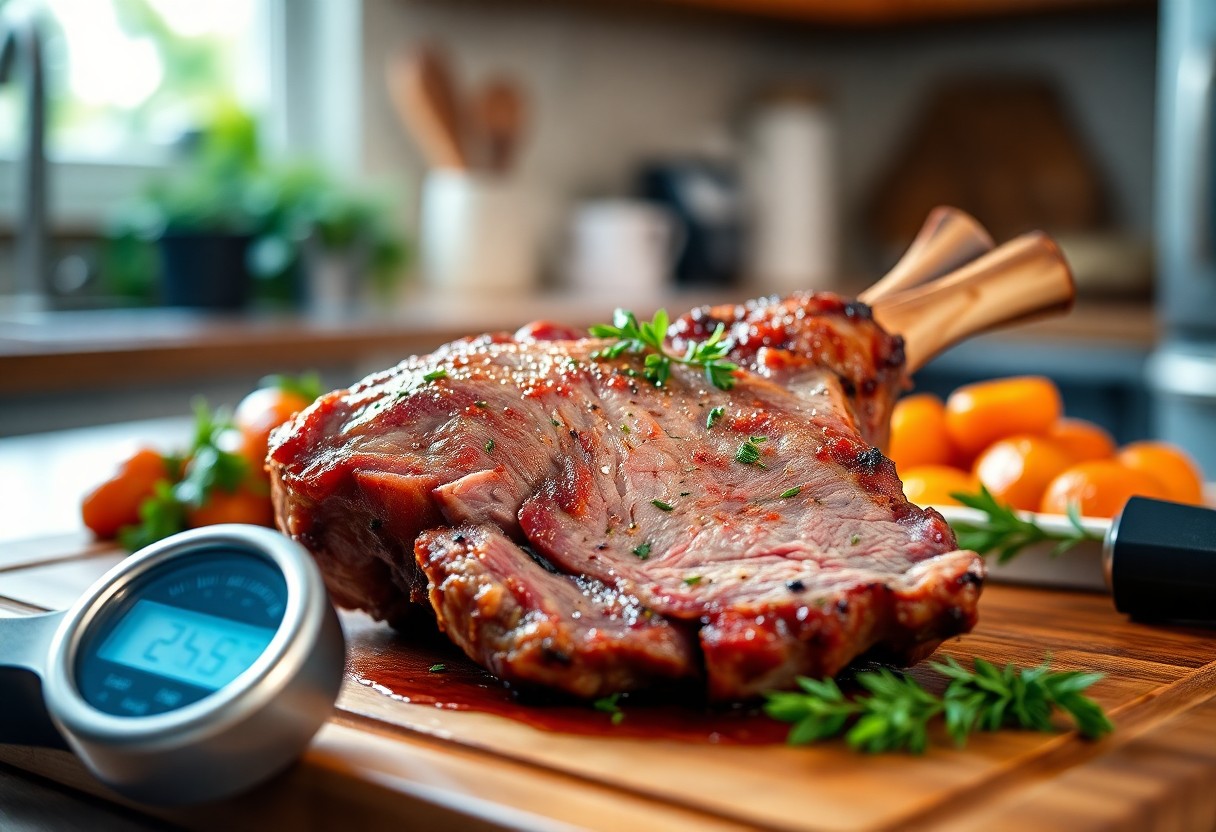
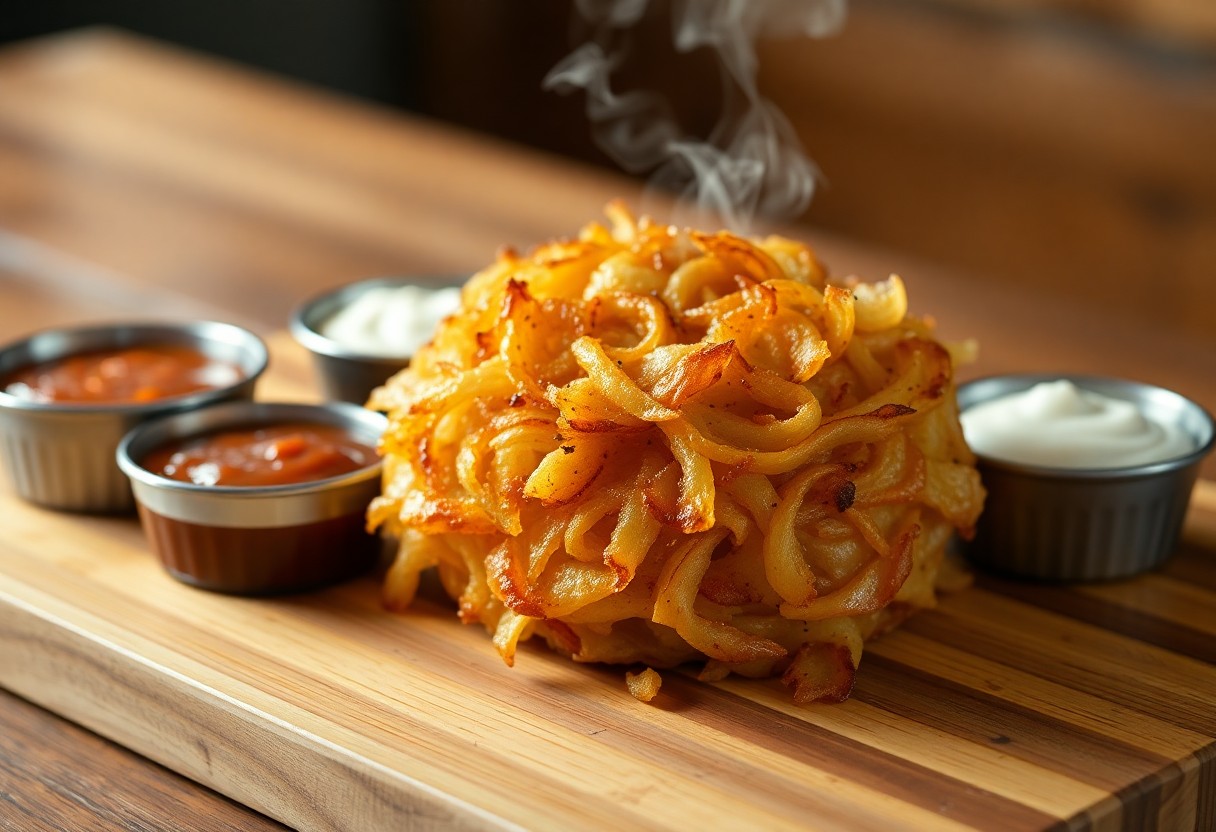
Leave a Reply